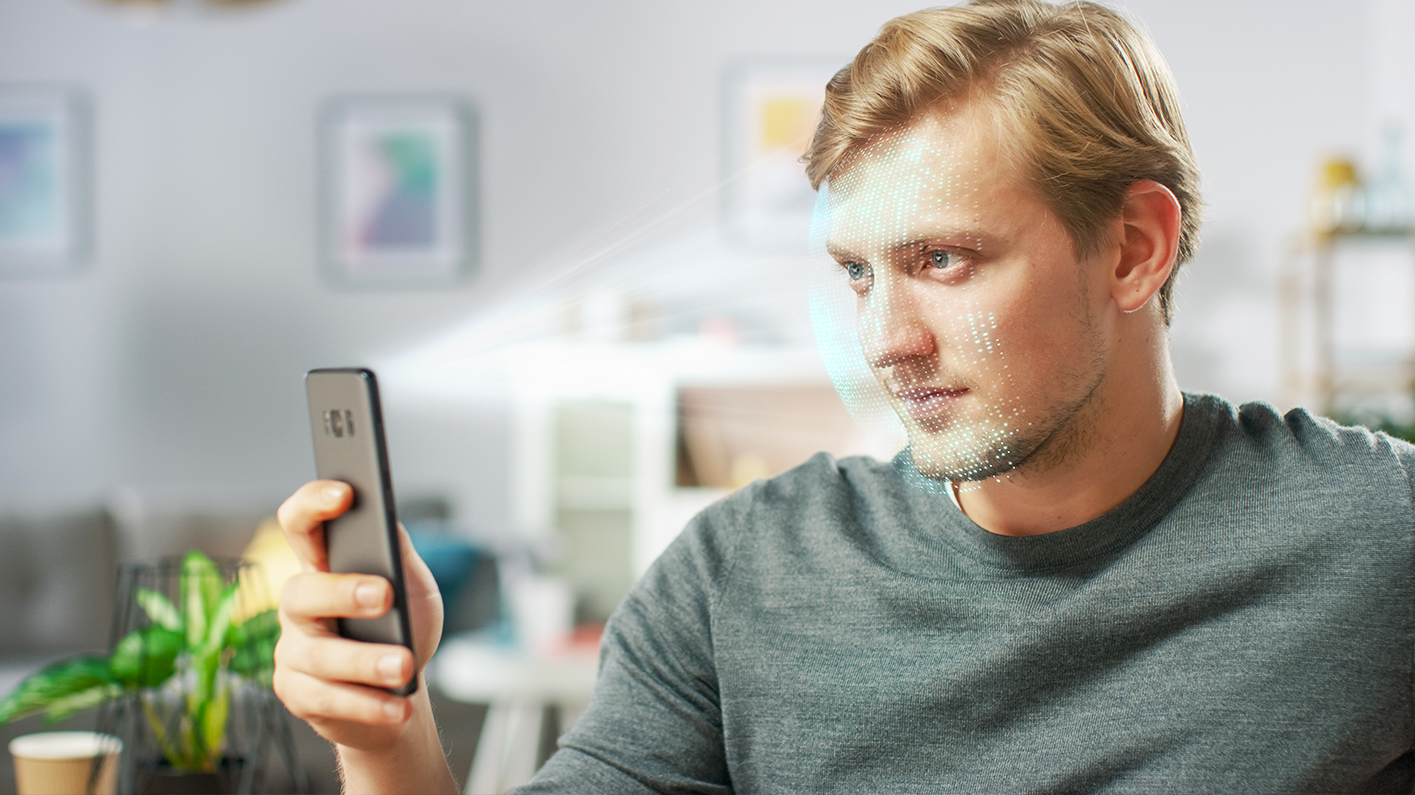The last 10 years have witnessed the huge rise in contactless payment, with consumers tapping their cards onto a payment processor, or hovering their phone over one using any number of digital wallets like Google Pay, Apple Pay, or Samsung Pay.
Contactless has also helped consumers keep safe during the pandemic when they’re buying from a physical store, not having to touch anything to make a payment.
But much like everything else in tech, once one innovation emerges, another one appears right behind it. And that latest innovation in the area of payment services is facial recognition payment. But is it fad technology or will it be the default in a handful of years?
In the world’s largest commerce and ecommerce market, China, over 100 million people have signed up for a facial recognition payment system setup by 7-Eleven across 100s of locations.
arganostgAlso, big tech players like Alipay have rolled out similar systems so that its customers can pay with their face, essentially.
And it’s not only in China where this tech is being developed. The US has begun to dive into the “facial” terrain. The country’s first payment system based on facial recognition, PopID, is being developed in California.
Their customers create an account on their phone, including taking a selfie for their profile, and add a payment method for a debit or credit card. So then when it comes to paying for something, the customer looks into the camera of a PopID tablet, and is verified by the cashier. And that’s it. The money is withdrawn. (Smiling is optional.)
Ohh… and if a customer wants to tip, they hold out a peace sign to the screen. All of this is done without the need of a phone, bank card, or pin number. The entire process is contactless, and takes 5 seconds.
(This reminds me of the decade’s old sci-fi movie In Time, where future humans stop dealing in banknotes but time, a currency that is deposited using their forearm, which has the amount of time digitized on their skin. However, in this sci-fi that features Justin Timberlake, it’s not strictly contactless.)
So with this in mind, where is facial recognition payment heading? And does it pose privacy problems or security issues.
One of the younger users in California had no issues at all. “I feel like technology is moving so fast that people don’t even think twice about using something like this… Our phones already read our faces, and our faces are already all over the internet.
“So I don’t think it really makes much of a difference. It’s faster, more convenient, and safer… and you don’t have to worry about leaving your phone or cards at home.”
PopID’s chief exec, John Miller, stated that “Our view is that using your face to pay is no different [to using a phone]. It’s just another way to identify yourself.” And talking of potential security issues regarding the digital image on a customer’s account, he added that “The picture is destroyed immediately, and the data isn’t shared with anyone.”
John added that he believes PopID to be less intrusive than payment using a phone, given that with the latter your geolocation is constantly tracked, thanks to GPS.
The pandemic influence
The rollout of the facial recognition payment system in China corresponded with the outbreak of the pandemic. One Chinese professor said: “The experience of Covid was huge in China in terms of bringing people into facial recognition systems.” And regards to issues of privacy, the software is considered so advanced that tricking the system is virtually impossible.
Yet like all new technologies, issues around security and privacy only really come to life once they reach a tipping point in terms of volume. Just ask Zoom about their experience last year. It was only after experiencing a zoom boom in users that its lack of security features was exposed. And they were compelled to address them.
There is no technology that can foresee its many flaws and blindspots. Or echoing the sentiments of former Secretary of Defense Donald Rumsfeld, there are known unknowns and unknown unknowns, i.e. there are issues that tech providers are aware of, such as how to handle and secure users’ images, but there are unknown issues that they can’t foresee because because its not been brought to the surface.
“Facial payment is part of the growing digital identity structure,” said Brett King, an influencer (the old-fashioned type, not the new social media type) in financial services. “I appreciate the concerns about privacy, but the reality is that a digital identity structure is inevitable for safety and security.”
If you follow Brett then you’ll also know he’s a futurist, and sees this step towards facial recognition payment systems as safer. “[Digital] payments, transactions and services are becoming more and more imbedded in our life, and in our world, and that’s definitely going to require biometrics, because passwords are simply not secure enough.”
Yet this is very much slanted towards the positives of facial recognition software. So stay tuned because soon we’re going to look at some of the problems that such tech presents. And some tech giants, such as Salesforce, the company that brings you the world heavyweight champion of ecommerce platforms, Salesforce Commerce Cloud, are reluctant to introduce it to their customers






